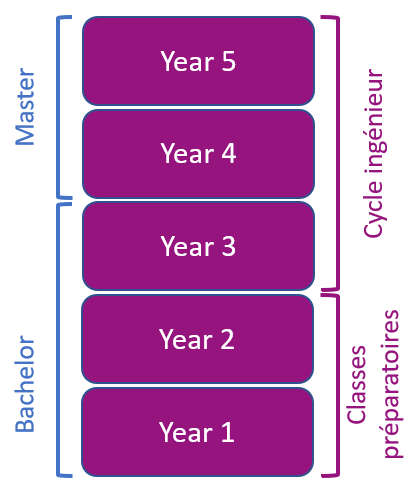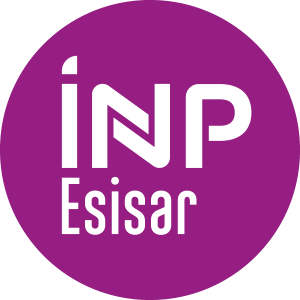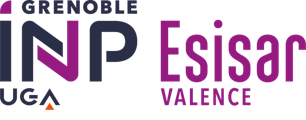Number of hours
- Lectures 15.0
- Projects -
- Tutorials -
- Internship -
- Laboratory works 12.0
- Written tests -
ECTS
ECTS 2.0
Goal(s)
Studying Hardware and software vulnerabilities, attacks and protections.
Responsible(s)
Quentin GIORGI
Content(s)
- prerequisite:
- rings
- MPU,MMU
- SMP, NUMA architectures.
- DMA
- process memory layout (shared libraries, etc.))
- system calls
- Binary formats (ELF, PE/COFF, etc..)
- Hardware attacks (DMA attack, USB HID spoofers);
- Software attacks and vulnerability exploitations (Buffer overflow (heap/stack), return oriented programming, retintolibc, etc..);
- Hardware protection (trustzone, MPU,CFI,IO-MMU, shadow stack)
- Software protection (W^X, canary, ASLR, seccomp, Selinux, apparmor, ..)
Labs
- Software vulnerability exploitation
- Hardware protection mecanism: (MPU, Trustzone…)
Operating Systems
Computer architecture
Calendar
The course exists in the following branches:
- Curriculum - Network and computer science - Semester 7
Additional Information
Course ID : 4AMOS430
Course language(s): 
The course is attached to the following structures:
- Team Computer Science
You can find this course among all other courses.
Bibliography
- Linux Kernel Development – Robert Love
- Tool Interface Standard – ELF specifications
- Learning Linux Binary Analysis - Ryan O'Neill
- Maene, P., Gotzfried, J., de Clercq, R., Muller, T., Freiling, F., & Verbauwhede, I. (2017). Hardware-Based Trusted Computing Architectures for Isolation and Attestation. IEEE Transactions on Computers.
- J. Jang; C. Choi; J. Lee; N. Kwak; S. Lee; Y. Choi; B. Kang, "PrivateZone: Providing a Private Execution Environment using ARM TrustZone," in IEEE Transactions on Dependable and Secure Computing , vol.PP, no.99, pp.1-1 doi: 10.1109/TDSC.2016.2622261
What is a grande école ?
French engineering curriculum





